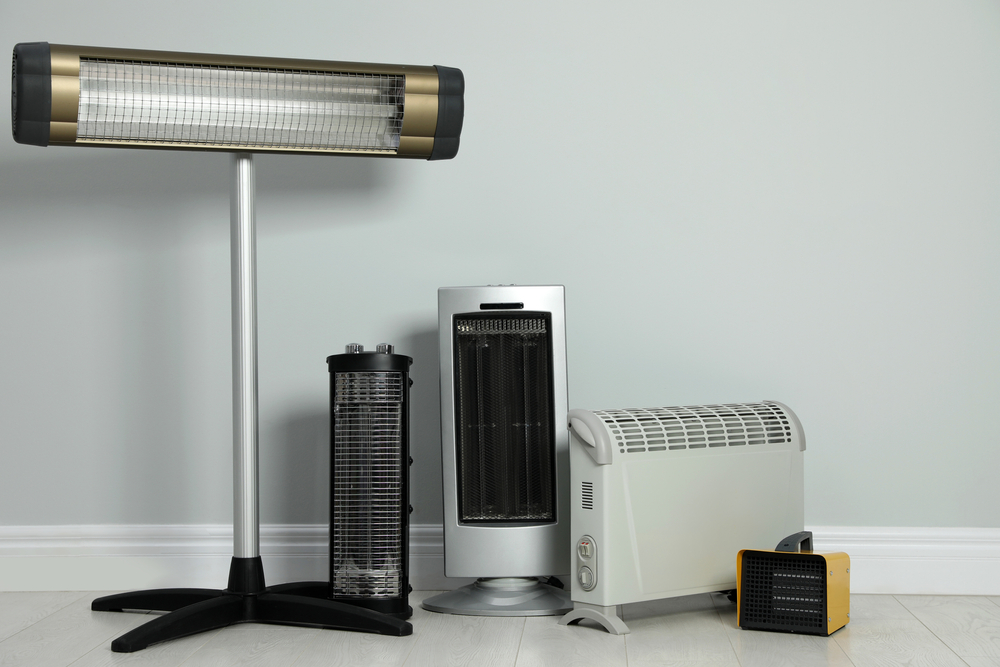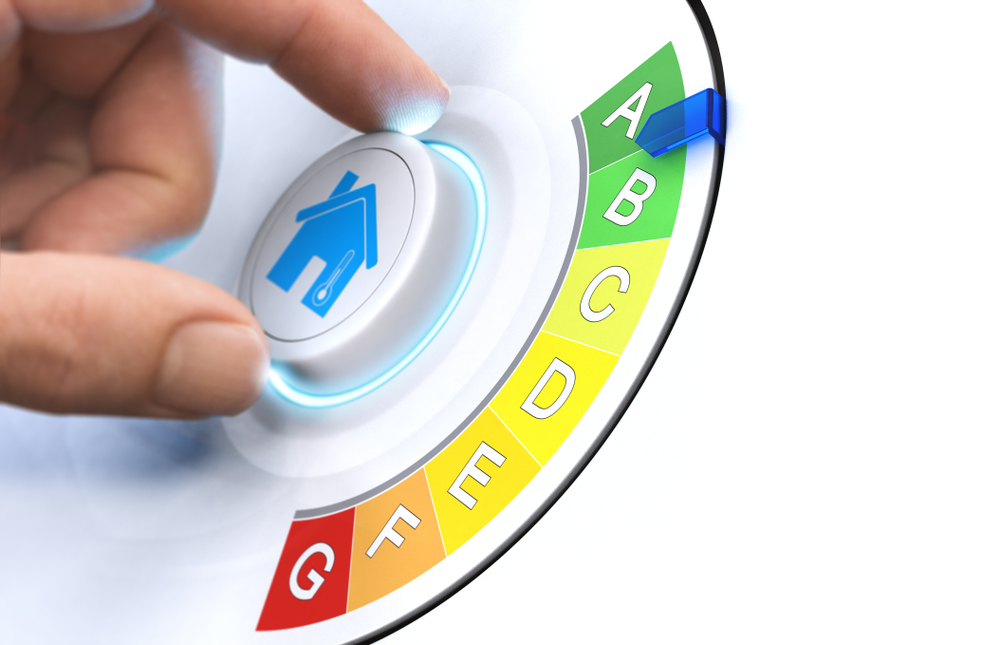Homeowners Looking for an Energy-Efficient Wall Heater Might Be Chilled by their Options
During the coldest days of winter, homeowners might find that certain rooms in the home are just feeling too cold. Maybe they want to warm up the home without turning up the thermostat on their furnace. A portable heater or a wall heater could be an easy solution.
To save energy and money on electricity costs, homeowners might look for an energy-efficient wall heater. Unfortunately, what they find in the aisle of their favorite home improvement store might leave them cold.

The Starless Appliance
One of the easiest ways that homeowners can identify energy-efficient appliances and gadgets is by looking for the ENERGY STAR label. This label denotes the most efficient options on the market, and products bearing the label must meet certain standards.
However, some appliances don’t qualify for the ENERGY STAR label. In fact, portable heaters are among those appliances that do not qualify for the energy-efficient star. Homeowners on the hunt for an energy-efficient wall heater might have a bit of a treasure hunt ahead of them.
While an energy-efficient wall heater doesn’t qualify for the ENERGY STAR label, there are still energy-saving heaters available. The site Eco Peanut provides a round-up of the best options for homeowners who need to add a little eco-friendly warmth to their home.
Bob Vila’s site also included a round-up of the best wall heaters, including the site’s choice for the most energy efficient. The site recommends De’Longhi Convection Panel Heater, Full Room Quiet as the most efficient or energy-saving model.
How efficient are the options on Eco Peanut’s list? According to the site, the heaters on the list can warm the home for about 35 cents per day. Will those cents don’t seem as though they would burn up the budget, homeowners who also are using their HVAC to warm the home will pay this cost on top of current heating costs.
If the homeowner uses the wall heater 45 days out of a three-month winter, the added warmth will cost about $16. That’s just for a month and a half of use. If homeowners use the heaters every day all month, they can expect to add more than $10 to their electricity bill.
While 35 cents sound affordable, when homeowners add up the heat costs, that wall heater will heat up the electricity bill.
Use Wall Heaters Sparingly
Homeowners should aim to use those portable wall heaters as a temporary way to add heat to the home. While they can be convenient, they probably aren’t the most cost effective or energy-efficient means to heat up the home.
If the house feels too chilly, homeowners might look into other issues. Is there a problem with insulation? Does the HVAC need to be serviced?
Homeowners can feel the air as it exits the vents in the home to determine if the air from the furnace is blowing warm or a bit too cool. The force of the air may be an issue, too. If homeowners notice that the air isn’t blowing efficiently or if it feels cool instead of warm, they need to call a pro to inspect their furnace.
There also could be other issues causing the home to feel cooler. Check around windows and feel for leaks. Doors also can be the source of that cooler temperature, too. Doors with poorly constructed pet doors also might be letting cold air into the home.
However, for homeowners who need a means to add some extra warmth to a room, Bob Vila’s site explains that wall heaters can be a safer option. When using any portable heater, though, the Department of Energy offers some guidelines: choose the right size for the room, keep it on a level surface, choose models that have a controllable thermostat and ensure that the heater offers a Underwriter’s Laboratory label.

What is the Most Energy-Efficient Heating Option for Homeowners?
Homeowners looking to keep their home warm and incur the lowest possible utility bill at the end of the month can opt for energy-efficient furnaces or even radiant heating options. However, both of these energy efficient options are an investment. Many homeowners will likely only want to spend the money when their current heat source needs to be replaced.
When homeowners are in need of a new heating and cooling system, though, their energy-savings options also might qualify for local rebates. Not only do energy-efficient options save money each month, but many also qualify for savings in other ways.
While a wall heater might seem to be a convenient option to add warmth to a room, these heaters are not the most energy-saving options. They also might add an additional cost to the heating bill. Homeowners might use these options as a short-term solution, but to save money, they need to find out what’s cooling off their home and make those repairs.


